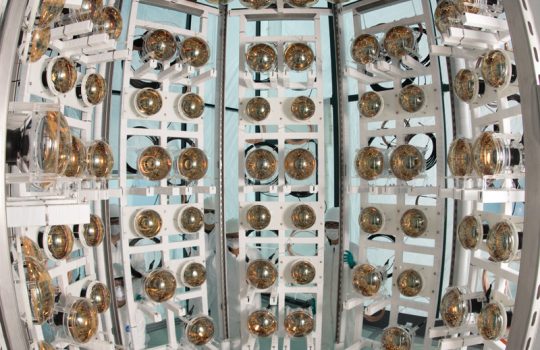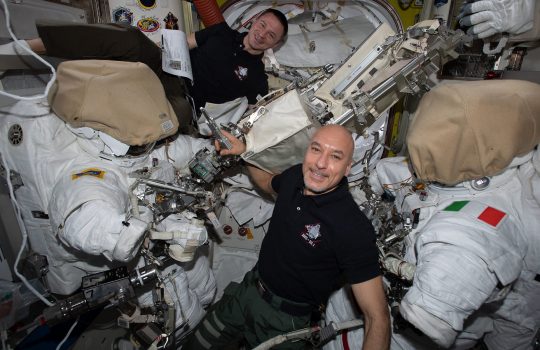ANNIE poised to take data on neutrino-nucleus interactions
The Accelerator Neutrino Neutron Interaction Experiment, equipped with a novel light detection technology and water enhancement that distinguish it from other high-energy neutrino experiments, will start taking data next month.





